#buddhistart
Explore tagged Tumblr posts
Text

Portrait of a Zen Master, Japan, Muromachi Period, 15th century. MET (ID: 63.65)
The intense presence of a Zen master is achieved here by a focus on realism in the face, while the body, with its heavy robes flowing over the chair, is more conventionalized. Sculpted portraits were frequently venerated in the living quarters of Zen temples. There, they provided a physical reminder of the deceased founder, who, in an unbroken chain of transmission from master to disciple, represented the crucial link between his disciples and the lineage that descended from the historical Buddha. This notion of teaching "from heart to heart" without the aid of sutras is central to Zen and made such portraits more important than icons of Buddhist deities. (MET)
#japan#japanese history#japanese art#japanese sculpture#muromachi#muromachi period#monk#buddhism#buddhist#buddhistart#zen buddhism#medieval#middle ages#medieval art#medieval history
40 notes
·
View notes
Text
Hybrid Workshop – Drawing the Traditional Face of Buddha Shakyamuni
It is with heartfelt joy that I extend an invitation to join my upcoming hybrid workshop – an immersive experience in drawing the traditional face of Buddha Shakyamuni, based on authentic Tibetan Buddhist artistic lineages. This workshop will be offered in person in São Paulo, Brazil, and online via Zoom, making it accessible to students from all around the world. We will gather on two…

View On WordPress
#ArtAsMeditation#ArteBudista#ArteComoMeditação#ArteEspiritual#ArteTibetana#AwakenThroughArt#BuddhaDrawing#BuddhaFaceDrawing#BuddhismWorldwide#BuddhistArt#BuddhistTeacher#BudismoNoBrasil#BudismoTibetano#CulturaTibetana#DesenhoDoBuda#EventosEspirituais#HimalayanArt#MeditativeArt#MindfulArt#OficinaDeArte#OnlineArtWorkshop#SacredArt#SagaDawa#SagaDawa2025#SpiritualPractice#SpiritualWorkshop#ThangkaArt#TibetanArt#TibetanCulture#WorkshopDeArte
2 notes
·
View notes
Text
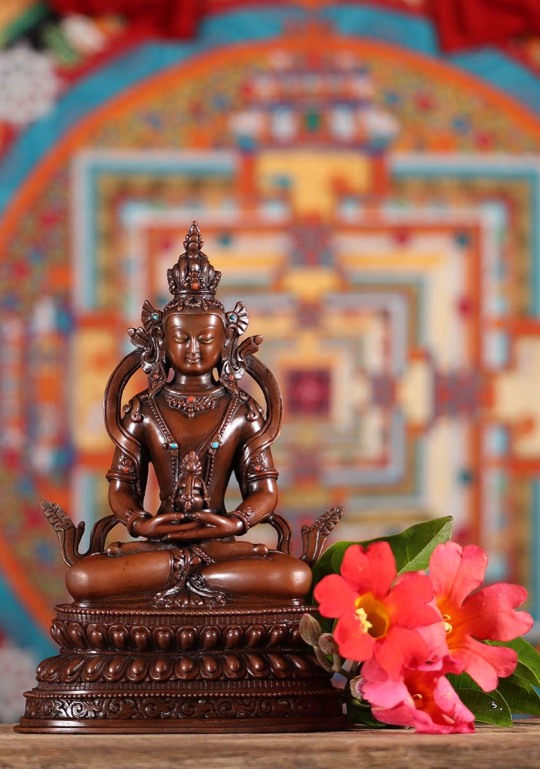
http://www.dharmasculpture.com/category/new-arrivals.html
Apartmita (Amitayus) is seated on a double lotus pedestal with his hands in meditative gesture (dhyana mudra) holding his identifying attribute, the ambrosia vase. The vase is richly decorated and from the cover fall four strings of beads which represent sacred pills. Here the hand gesture, representing meditative equipoise, represents the unitiy of wisdom and compassion. As the Buddha of Infinite Life, he is invoked during rituals associated with the prolonging of life. Aparmita wears a crown and regal jewelry consisting of elaborate necklaces, large earrings inset with coral and turquoise stones, and a flowing scarf over his shoulders. His face expresses a state of meditation, with narrowed eyes and an inward gaze. A classic Buddhist representation.
This sculpture was hand crafted by the very talented artists of the beautiful Himalayan Kingdom of Nepal. http://www.dharmasculpture.com/
#aparmita#amitayus#lotusbase#lotusflower#ambrosia#meditation buddha#meditationpose#buddha#buddhism#buddhistart#nepaleseart#dharmasculpture
6 notes
·
View notes
Text




This peaceful set of images comes from Taisanji Temple in Matsuyama, Ehime Prefecture. Matsuyama is a charming city located on Shikoku Island, known for historic temples, ancient castles, and soothing hot springs. Today’s visuals showcase intricate Buddhist artwork from temple number 52 on the famed Shikoku Pilgrimage.
The photographs feature detailed scenes from Buddhist cosmology painted on wooden panels. One depicts serene Buddhas and compassionate Bodhisattvas, bathed in soft, tranquil colors. Another painting vividly portrays scenes of the afterlife, where souls undergo judgment, reinforcing Buddhist teachings on morality and karma. The dramatic imagery brings complex spiritual concepts to life, beautifully merging art with religious philosophy.
At the heart of Taisanji is Juichimen Kannon, an eleven-faced form of Kannon known for compassion and mercy. Images of Juichimen Kannon remind visitors of the gentle, guiding compassion central to Buddhism. These artworks offer a calming reflection on spirituality and Japanese cultural heritage.
If these scenes resonate with you, explore more peaceful temple imagery and aerial views at my Linktree: https://linktr.ee/shikoku4k. I'd love to hear from you, so feel free to reach out through the Linktree form!
#TaisanjiTemple#Matsuyama#Ehime#ShikokuPilgrimage#Buddhism#JapaneseTempleArt#JuichimenKannon#BuddhistPaintings#JapaneseCulture#TemplePhotography#BuddhistArt#TraditionalJapan#JapaneseHistory#Spirituality#ZenAesthetic#TravelJapan#CulturalHeritage#photography#youtube#culture
3 notes
·
View notes
Text




This peaceful set of images comes from Taisanji Temple in Matsuyama, Ehime Prefecture. Matsuyama is a charming city located on Shikoku Island, known for historic temples, ancient castles, and soothing hot springs. Today’s visuals showcase intricate Buddhist artwork from temple number 52 on the famed Shikoku Pilgrimage.
The photographs feature detailed scenes from Buddhist cosmology painted on wooden panels. One depicts serene Buddhas and compassionate Bodhisattvas, bathed in soft, tranquil colors. Another painting vividly portrays scenes of the afterlife, where souls undergo judgment, reinforcing Buddhist teachings on morality and karma. The dramatic imagery brings complex spiritual concepts to life, beautifully merging art with religious philosophy.
At the heart of Taisanji is Juichimen Kannon, an eleven-faced form of Kannon known for compassion and mercy. Images of Juichimen Kannon remind visitors of the gentle, guiding compassion central to Buddhism. These artworks offer a calming reflection on spirituality and Japanese cultural heritage.
If these scenes resonate with you, explore more peaceful temple imagery and aerial views at my Linktree: https://linktr.ee/shikoku4k. I'd love to hear from you, so feel free to reach out through the Linktree form!
#TaisanjiTemple#Matsuyama#Ehime#ShikokuPilgrimage#Buddhism#JapaneseTempleArt#JuichimenKannon#BuddhistPaintings#JapaneseCulture#TemplePhotography#BuddhistArt#TraditionalJapan#JapaneseHistory#Spirituality#ZenAesthetic#TravelJapan#CulturalHeritage#japan destinations#japan#photography#japan photos
2 notes
·
View notes
Text




This peaceful set of images comes from Taisanji Temple in Matsuyama, Ehime Prefecture. Matsuyama is a charming city located on Shikoku Island, known for historic temples, ancient castles, and soothing hot springs. Today’s visuals showcase intricate Buddhist artwork from temple number 52 on the famed Shikoku Pilgrimage.
The photographs feature detailed scenes from Buddhist cosmology painted on wooden panels. One depicts serene Buddhas and compassionate Bodhisattvas, bathed in soft, tranquil colors. Another painting vividly portrays scenes of the afterlife, where souls undergo judgment, reinforcing Buddhist teachings on morality and karma. The dramatic imagery brings complex spiritual concepts to life, beautifully merging art with religious philosophy.
At the heart of Taisanji is Juichimen Kannon, an eleven-faced form of Kannon known for compassion and mercy. Images of Juichimen Kannon remind visitors of the gentle, guiding compassion central to Buddhism. These artworks offer a calming reflection on spirituality and Japanese cultural heritage.
If these scenes resonate with you, explore more peaceful temple imagery and aerial views at my Linktree: https://linktr.ee/shikoku4k. I'd love to hear from you, so feel free to reach out through the Linktree form!
#TaisanjiTemple#Matsuyama#Ehime#ShikokuPilgrimage#Buddhism#JapaneseTempleArt#JuichimenKannon#BuddhistPaintings#JapaneseCulture#TemplePhotography#BuddhistArt#TraditionalJapan#JapaneseHistory#Spirituality#ZenAesthetic#TravelJapan#CulturalHeritage#japan#photography#shikoku#youtube#dronephotography
2 notes
·
View notes
Text
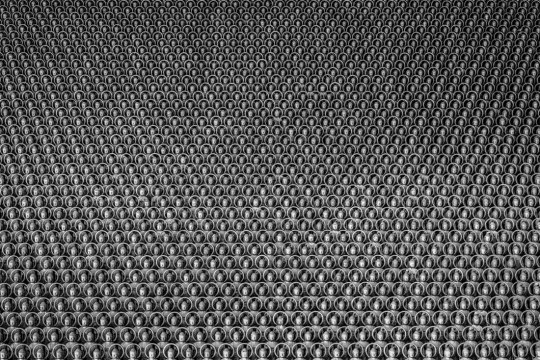
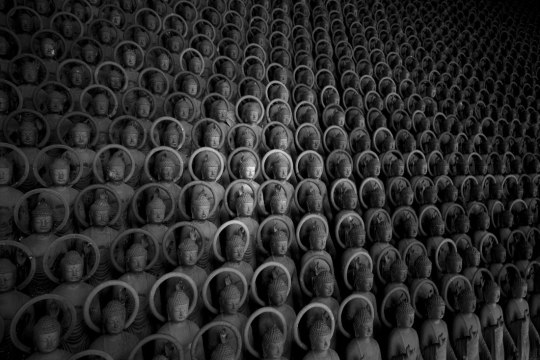
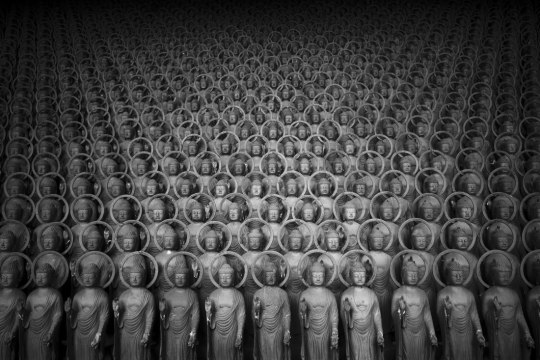
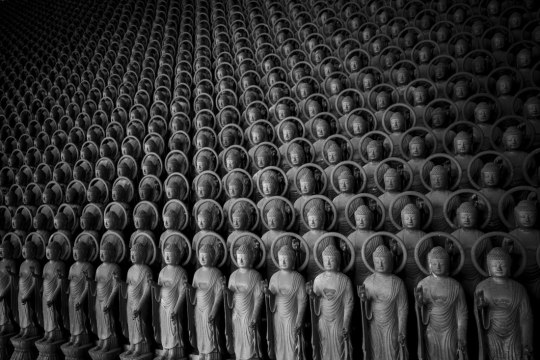

84,000 statues of Yakushi Nyorai (Medicine Buddha) at Ichibata Yakushi Temple. Founded in 894, the temple is known throughout Japan as the Eye Healer.🎌
Foto by Shinya Itahana 📿
#YakushiNyorai#MedicineBuddha#IchibataYakushiTemple#Japan#Buddhism#BuddhistArt#JapaneseCulture#Temple#Healing#Faith#Tradition#Photography#ShinyaItahana#Shinya Itahana#Shinya#Itahana#foto#photographer#fotography
4 notes
·
View notes
Text
youtube
蓮に唐草 過去現在未来の三世を象徴 彫金 飾金具 向拝柱根巻 地蔵堂 念佛宗総本山 佛教之王堂 The Buddhist Art & Architecture of Nenbutsushu The Ksitigarbha Hall 蓮は過去現在未来の三世を象徴し、境内の彫刻彫金でも多く三世の教えで溢れています。唐草は佛教の永遠なる繁栄を祈念したものです。 全世界 仏教徒の聖地 念佛宗 総本山 無量壽寺「佛教之王堂」 仏教美術の宝箱
2 notes
·
View notes
Text
Shunga Dynasty: A Beacon of Art and Culture in Ancient India

From reviving Hinduism to enriching Indian art & literature, the Shunga Dynasty (185–73 BCE) was a beacon of cultural rebirth after the Mauryas. 🛕✨ Their legacy lives on in stupas, Sanskrit texts & artistic traditions. 📜🎨
#ShungaDynasty#IndianHistory#AncientIndia#SanchiStupa#CulturalHeritage#BuddhistArt#HinduRevival#HistoryMatters#SanskritLiterature#DynasticLegacies
0 notes
Text

Watercolor water lily background print, Buddhist style
Lotus Flower Tattoo #watercolor #waterlily #backgroundprint #buddhistart #architecture #lightred #magenta #magalivilleneuve #handdrawnelements #whimsicalform
#waterlily#magenta#whimsicalform#lightred#buddhistart#handdrawnelements#magalivilleneuve#architecture#watercolor#Imagella
0 notes
Text
What Makes a Buddha Statue Truly Authentic?
An authentic Buddha statue isn’t just old—it carries spiritual weight, historical context, and verifiable craftsmanship. Signs of authenticity include natural patina, fire-gilding remnants, segment casting marks, and often a closed base with ritual filling.
At 1stbuddha, each statue is carefully examined using UV light, microscopy, and comparative analysis to distinguish genuine sacred art from modern replicas.
Learn how to recognize the real thing:

#AuthenticBuddha#BuddhaStatue#1stbuddha#BuddhistArt#AsianAntiques#FireGilding#RitualFilling#BronzeSculpture#AntiqueBuddha#SpiritualArt
1 note
·
View note
Text
Inexpensive Paintings from Nepal
youtube
#GreenTara#Manjushree#AryaTara#WhiteTara#Dakas#Dakinis#ThangkaArt#PaubhaArt#NepaliArt#SpiritualArt#BuddhistArt#InexpensivePaintings#RareArt#AffordableArt#CulturalHeritage#HandmadeArt#ArtResellers#UniqueGifts#VanishingArt#NepaliCulture#ArtCollectors#TraditionalArt#CanvasPaintings#NepaliArtists#Youtube
1 note
·
View note
Text
Honoring the Sacred: Expanding the Legacy of Tibetan Buddhist Art in Latin America
A Personal Reflection and Invitation to the White Tara Thangka Workshop at Tibet House Brasil May 8, 2025By Ngawang Loday It is with deep reverence and heartfelt gratitude that I share this message—a personal reflection, a cultural offering, and a sacred invitation to those drawn to the timeless wisdom of the Himalayas. I have had the profound honor of being invited once again by Tibet House…

View On WordPress
#ArteBudistaTibetana#ArteEspiritual#ArteSacraBudista#BuddhistArt#BudismoBrasil#HealingThroughArt#MeditaçãoBrasil#NgawangLoday#OficinaDeArte#RatnakaraTravelArt#SacredArt#TaraBlanca#TaraBranca#ThangkaPainting#TibetanArt#TibetanBuddhism#TibetHouseBrasil#WhiteTara#WorkshopEmSãoPaulo
0 notes
Text

http://www.dharmasculpture.com/
This Newari style Green Tara statue radiates love and compassion. She is an exquisite piece of spiritual craftsmanship, hand-carved with incredible detail by skilled artisans from Patan, Nepal, this statue captures the serene compassion and protective energy of the Sacred Mother. Every detail, from Tara’s serene expression to the intricate patterns showcases the dedication of Nepalese artisans, creating a powerful symbol of peace, compassion and guidance for your sacred space. Green Tara is a prominent deity in Mahayana and Vajrayana Buddhism, symbolizing compassion and protection. According to Buddhist tradition, Green Tara arose from a tear of Avalokiteshvara, the Bodhisattva of compassion and vowed to assist all beings in overcoming fear and suffering. She is known for her ability to swiftly respond to the prayers of those in need, often invoked for protection from dangers and obstacles. Green Tara, Harit Tara, the Buddha of enlightened activity is Tara's most dynamic manifestation. She is considered the consort of Amoghasiddhi. Her mantra, "Om Tare Tuttare Ture Soha," is widely chanted to invoke her blessings and support.
#newariart#greentarastatue#greentara#sacredmother#peace#compassion#nepaleseart#mahayanabuddhism#vajrayanabuddhism#avalokiteshvara#bodhisattvaofcompassion#harittara#amoghassidhi#buddhism#buddhistart#dharmasculpture
3 notes
·
View notes
Text






This scene is from Goshoji in Utazu, Kagawa Prefecture. It’s temple 78 on the Shikoku Pilgrimage. The town sits along the coast, not far from the Seto Ohashi Bridge.
Today’s photos show the calm beauty of this temple. You’ll see the main hall, peaceful pathways, and a golden statue of Kannon. Inside, thousands of golden figures line the walls of a memorial hall. Outside, pine trees and tiled roofs add a timeless touch.
The main deity here is Amida Nyorai—Buddha of Infinite Light. Worshippers pray to Amida for rebirth in the Pure Land.
Want more Buddhist culture and temples from Japan? Explore my full collection on Linktree: https://linktr.ee/shikoku4k Licensing available on Alamy: https://www.alamy.com/portfolio/shikoku4k
#ShikokuPilgrimage#GoshojiTemple#Temple78#JapaneseBuddhism#AmidaNyorai#KagawaPrefecture#Utazu#BuddhistArt#TemplePhotography#SpiritualJapan#Shikoku4K#JapanTravel#ZenMoments#PilgrimageCulture#TraditionalJapan#photography#buddhism
0 notes
Text






This scene is from Goshoji in Utazu, Kagawa Prefecture. It’s temple 78 on the Shikoku Pilgrimage. The town sits along the coast, not far from the Seto Ohashi Bridge.
Today’s photos show the calm beauty of this temple. You’ll see the main hall, peaceful pathways, and a golden statue of Kannon. Inside, thousands of golden figures line the walls of a memorial hall. Outside, pine trees and tiled roofs add a timeless touch.
The main deity here is Amida Nyorai—Buddha of Infinite Light. Worshippers pray to Amida for rebirth in the Pure Land.
Want more Buddhist culture and temples from Japan? Explore my full collection on Linktree: https://linktr.ee/shikoku4k Licensing available on Alamy: https://www.alamy.com/portfolio/shikoku4k
#ShikokuPilgrimage#GoshojiTemple#Temple78#JapaneseBuddhism#AmidaNyorai#KagawaPrefecture#Utazu#BuddhistArt#TemplePhotography#SpiritualJapan#Shikoku4K#JapanTravel#ZenMoments#PilgrimageCulture#TraditionalJapan#japan#japan vacation#photography#nature
0 notes